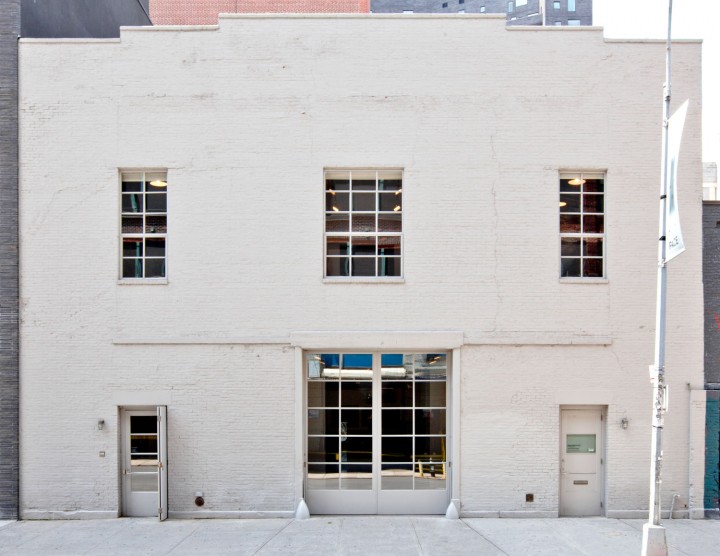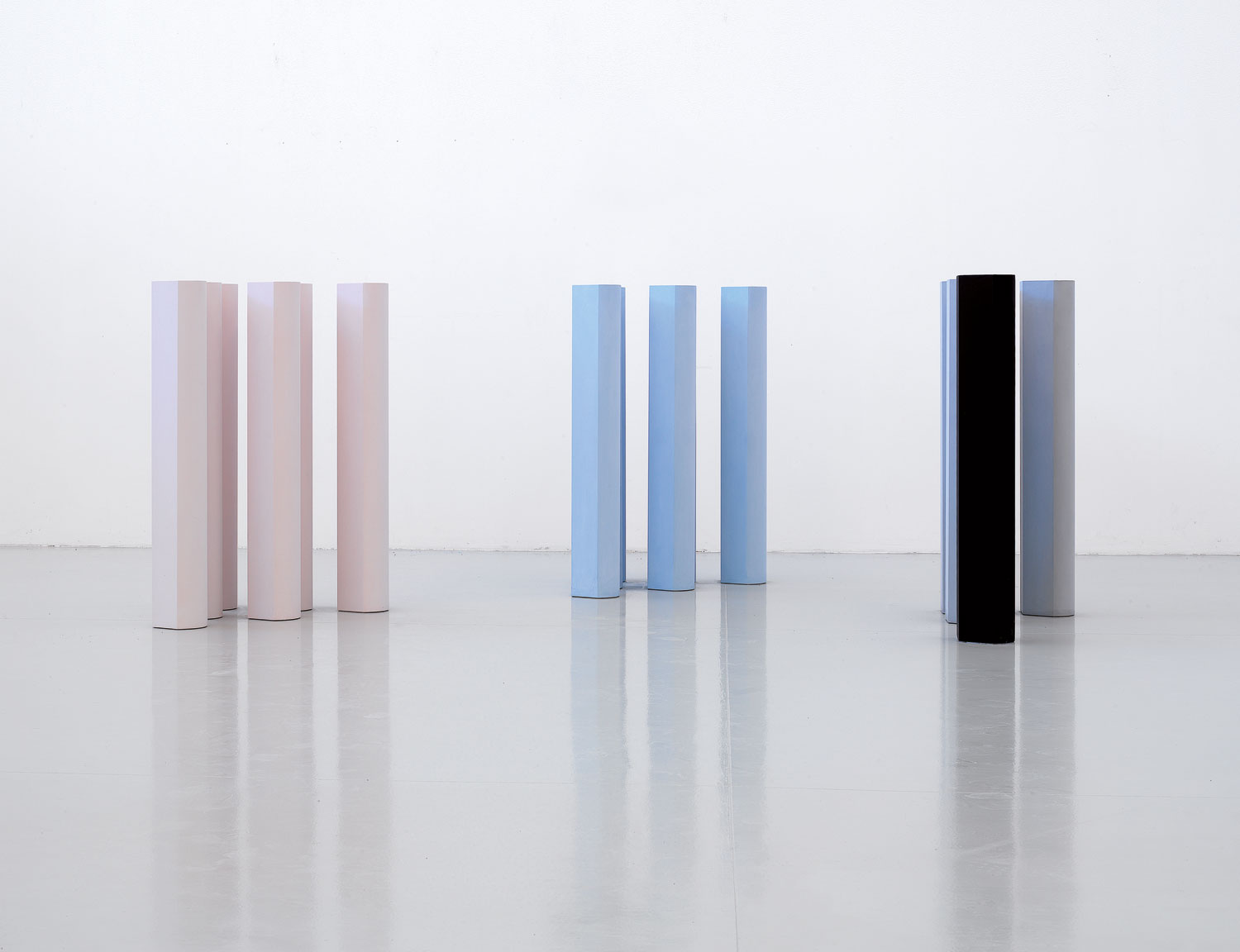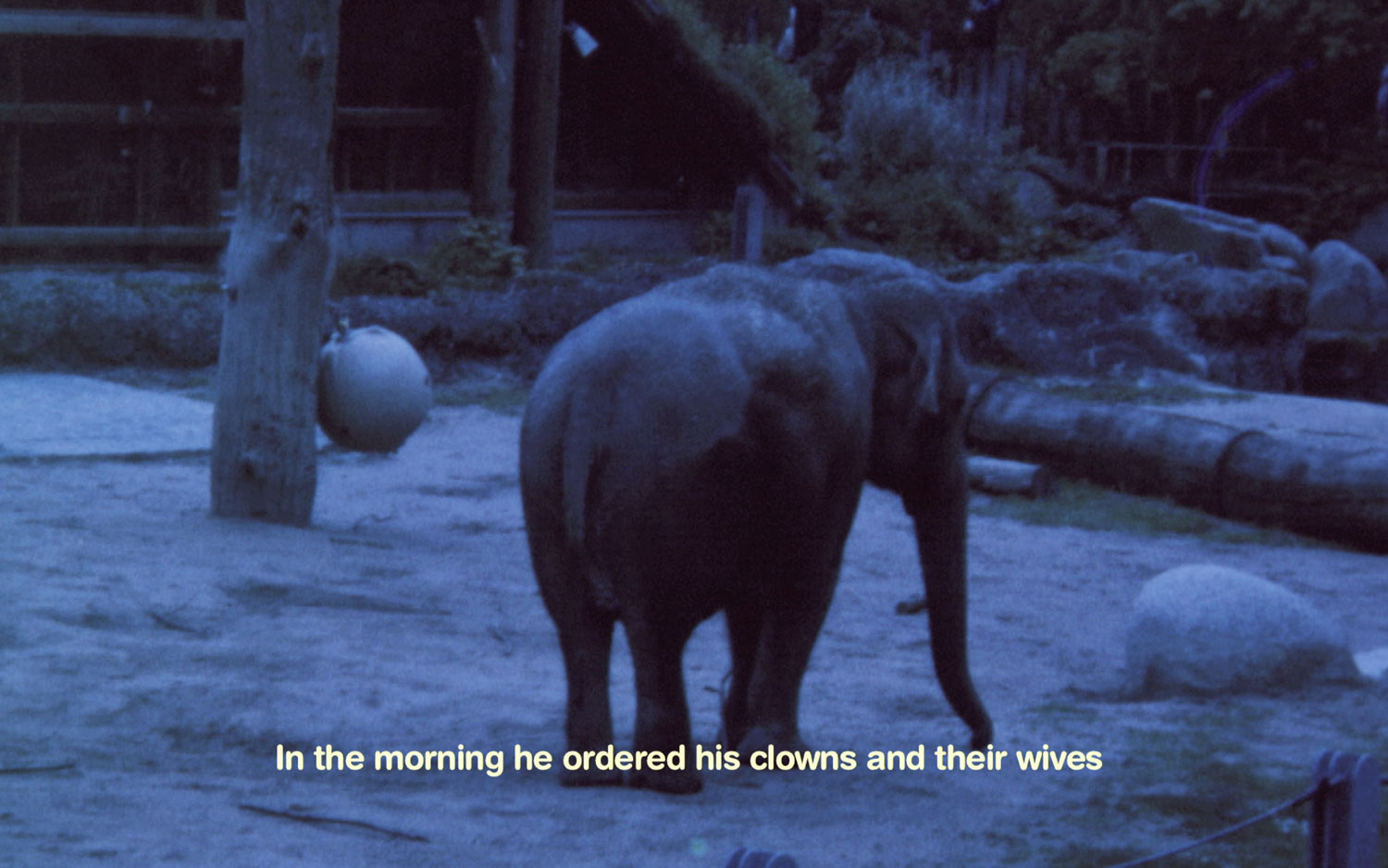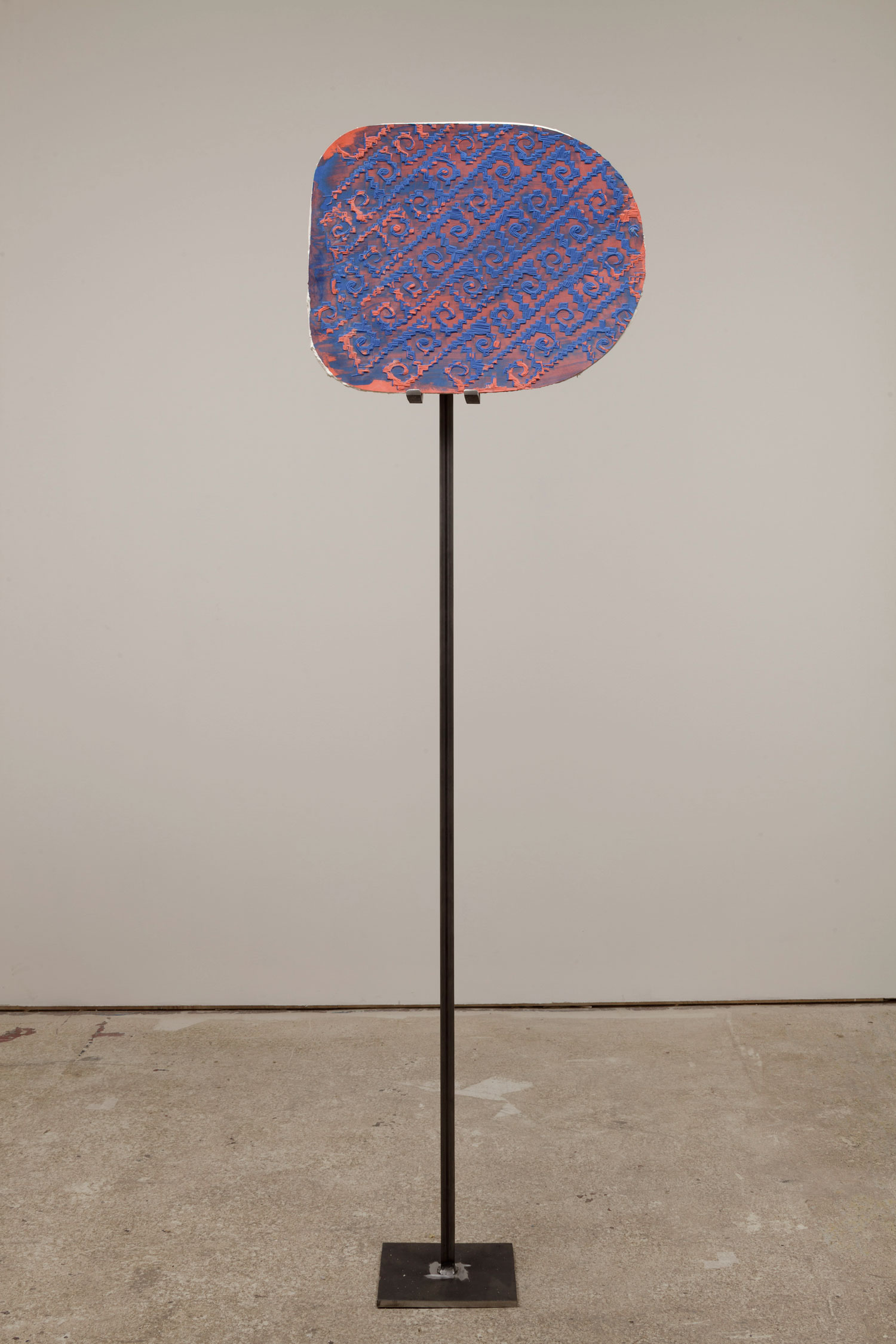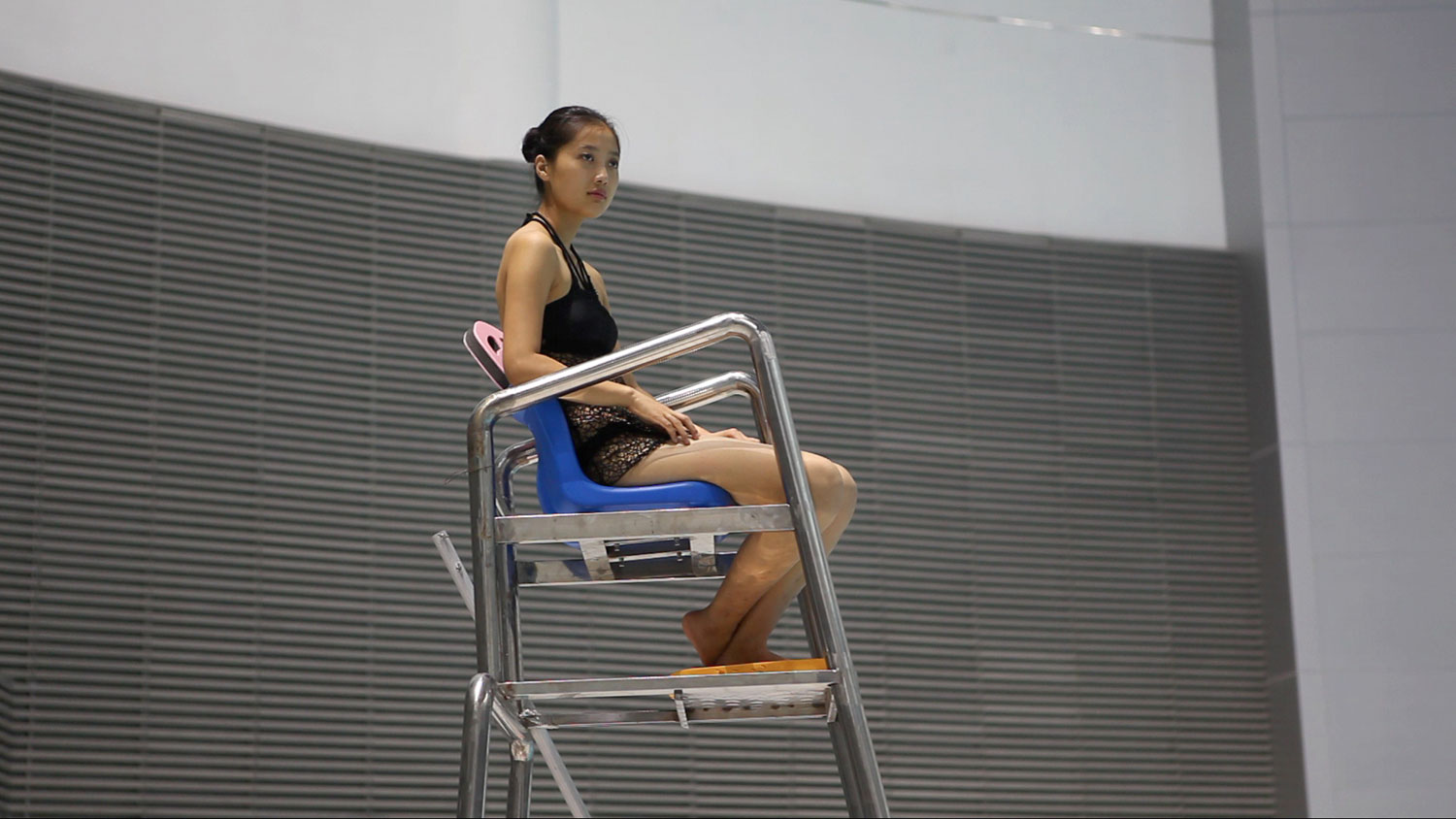
Donatien Grau: Who were the first artists you met?
Paula Cooper: The question should be, rather: What was the art that I worked with at the beginning? The first show I ever installed in my life was a Giorgio Morandi show at the World House Gallery on the Upper East Side of Manhattan. That’s where I learned so much and became more intimate with art.
I started to work directly with the clients, the collectors, the museum curators who came into the gallery. Henry Geldzahler — a former curator at the Metropolitan Museum of Art — and I became friendly. He used to stop by and give me all the gossip, and I’d go to the happenings he told me about. Eventually I met many artists. When I went to work at Park Place Gallery, in SoHo, most of the artists and I were peers. I was so thrilled when I finally met Sol LeWitt. In fact today I work with some of the artists I met then: Sol LeWitt, Carl Andre, Mark di Suvero and Robert Grosvenor.
DG: Did you already have an idea of the art you were interested in?
PC: I didn’t, mainly because at World House I dealt with Giacometti, Ernst, Dubuffet, Fautrier — a lot of European artists, and very few Americans, and certainly not contemporary artists. It was a great education. I like Sol LeWitt, as I like Piero della Francesca. There are artists throughout history whom you admire and appreciate and love. I believe that for a work to be wholly satisfying, it really has to make me think. I almost think of it more as I approach philosophical issues. It’s something that engages me totally. I wanted to be part of a defined yet infinite space, where contemporary art resonated with art from other periods and places.
DG: The art world, back then, was very small. There were people using all forms of creative language.
PC: Poets as well as dancers were supported by artists, and artists were supported by musicians and composers. I remember the Steve Reich concert that we presented at Park Place Gallery. That was the first time I’d done anything like that. It was very successful. Terry Riley and Philip Glass both filled in as musicians. This world was very mutually supportive — it was very rich in that way. I remember when, one night, Dan Graham and Yvonne Rainer presented a philosophical discourse of sorts. People were competitive, too, but supportive in a competitive way, or competitive in a supportive way.
DG: How do you see your role as gallerist?
PC: We exist to defend, proselytize and work for the artists we believe in — this is what I did with Donald Judd. I had known him for years and had shown his work, but never represented him. His career was at a standstill. He asked to work with us and we started showing the work — very consistently. Shortly, he not only achieved his past success, but far surpassed it. I’m not a very commercial art dealer. I don’t drop people and pick people up and drop them and pick them up again. With Rudolf Stingel it took years before his work sold (it was not a good time for abstract painting) but we continued to show it frequently. I kept reassuring him, “It’s going to happen,” and it did. Money can be such a sickening thing. It’s so corrupting and seems to be the major factor now. This was not the case when I started.
DG: There was an extraordinary energy in SoHo back then.
PC: There were many artists of various disciplines living there, mostly illegally amidst the sweatshops and rag traders. I remember in 1969 or ’70, standing on West Broadway, which was dreary, but I thought, “This is a nice broad avenue. One day this street is going to be very lively.” Chelsea is lively on one level — the galleries and their visitors, but the neighborhood doesn’t hold that same energy of discovery and possibility.
DG: You seem to really love group shows, and you have really loved group shows all along, which is something rather specific. Why do you have so many collective presentations?
PC: It sets up dialogues and makes people think about the works differently. Someone told me that they were curating a show somewhere, and they wanted to show a particular work, but they couldn’t because it had already been shown. I replied, “You know, it’s all right for people to see a work of art more than once.” We have done a group show titled “Repetition” three times in three different spaces, and it was different each time. It’s important to be sure of the work you show, and to keep showing it, until everybody is as convinced as you are. If you’re persistent, the moment eventually comes.

